Arts and crafts activities for toddlers and preschoolers because they allow many opportunities to:
- Improve attention and concentration. This is because when you’re doing an arts and crafts activity you have to use some hand-eye coordination which requires focus. Also, creating something takes time. It’s not going to magically appear in seconds (unlike some tablet technology). This helps to teach children to delay immediate gratification. Children learn patience and realize that they need to complete steps to finish a quality project.
- Increase communication in English or Spanish When making something with their hands, children may need to ask for help, may need to request a certain tool or piece of material, or they may simply want to express that they’re having a hard time squeezing the glue out of the bottle. Additionally, because they created something visual and tangible, they can talk about it. When children bring their projects home, this provides the perfect segue to talk about what they made.
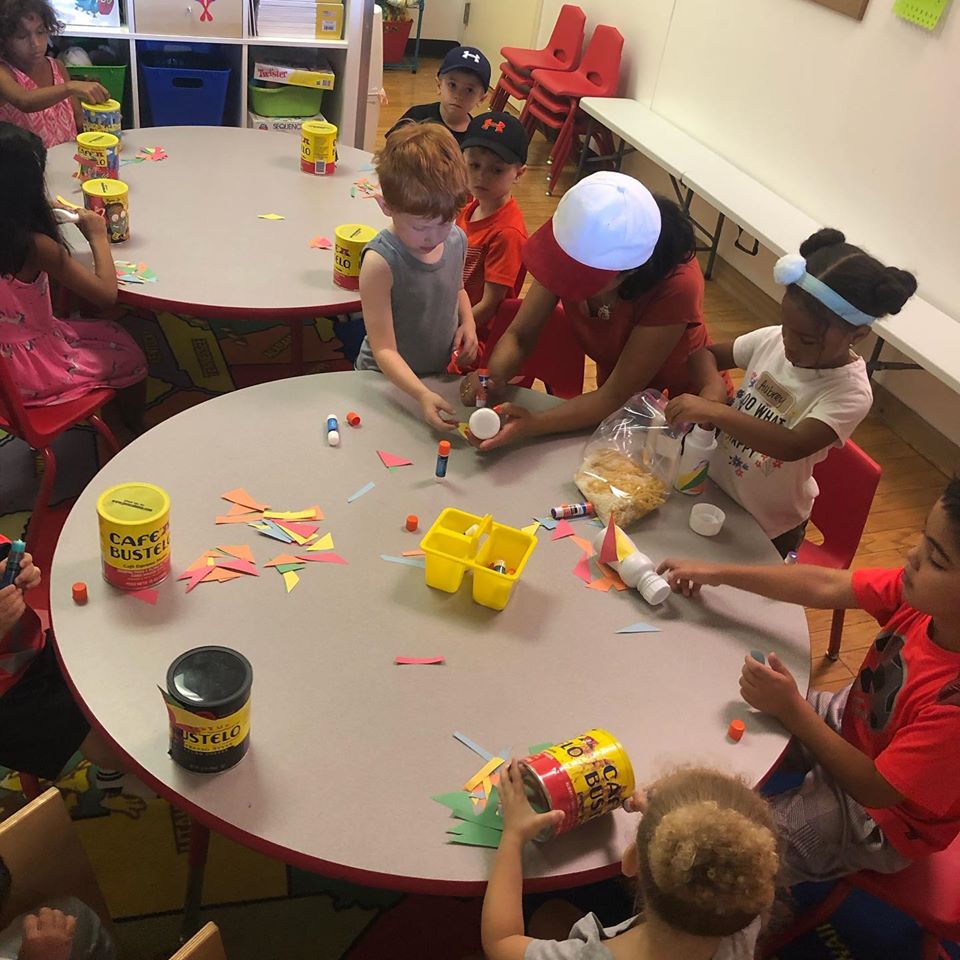
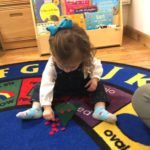
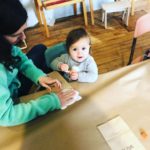
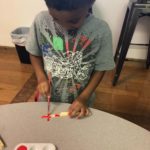
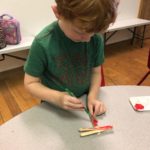
A word of caution – just try to restrain yourselves from initially asking, “What is it?” Start with a few comments and see if your child will contribute some additional information on his own (e.g. Wow, that’s really nice. I like the colors. I see blue, yellow…etc). Too often adults ask too many questions, which decrease the child’s desire to engage in dialogue or conversation.
- Improve child’s confidence. What child doesn’t like seeing their masterpieces displayed for all to see? It’s super important to display their projects on the fridge, bulletin board, wall, etc and sincerely appreciate their creations.
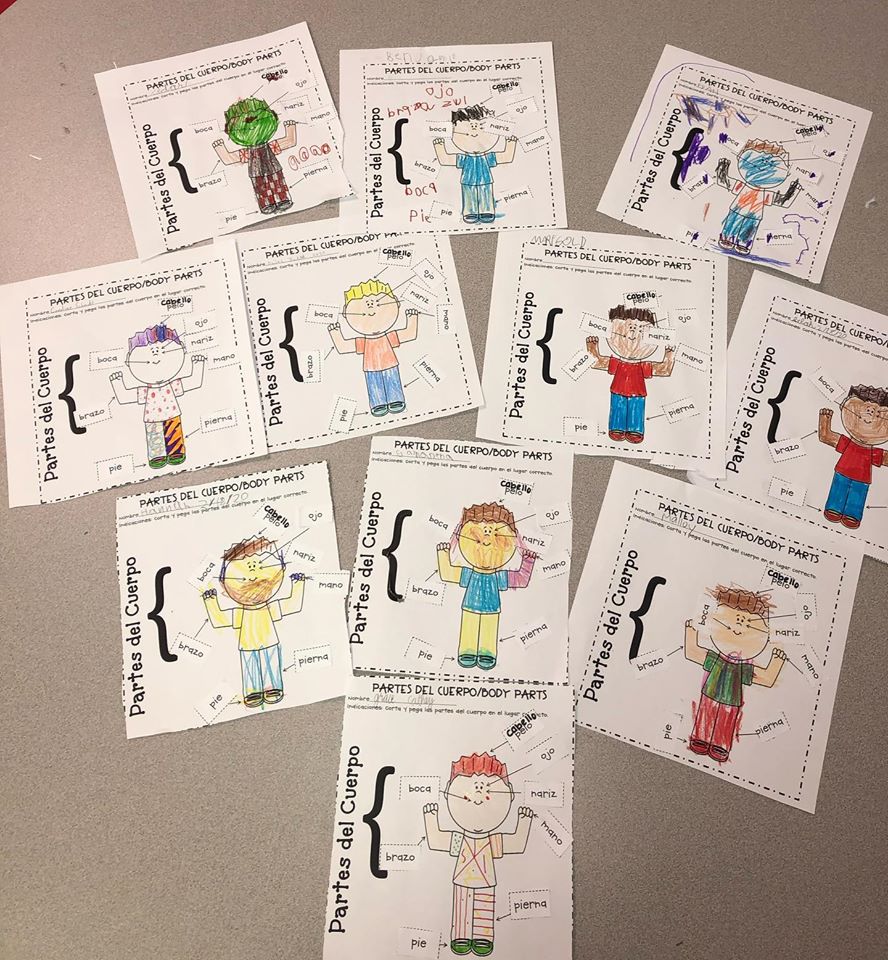
- Introduce child to language in English or Spanish concepts like prepositions, comparatives, opposites and gives opportunities to target following directions. Arts and crafts provide the perfect opportunity to naturally introduce children to prepositions (put some glue on the black line), comparatives (make the circle bigger than the square), opposites (the paper is smooth, but the sandpaper is rough). Children learn more when engaged. Pressuring them to view flashcards, worksheets or memorizing lists isn’t effective for young children. Why? Because flashcards, lists and worksheets are one dimensional. They need to experience something in order to fully understand and encode it.
- Provide ample opportunities for incidental learning. A majority of children learn new words incidentally. This means they learn new words when they are engaged in an activity, experiencing something, or learning about something else. The learning happened “randomly” or it was not planned. The beauty about incidental learning is that you, the parent, speech language pathologist or educator can facilitate it by selecting something the child is interested in and indirectly targeting it in activity. Arts and crafts provide the perfect platform for incidental learning.
- Improve Pragmatics and Social Interaction. Making arts and crafts create a natural context in which to take turns , to ask for help, to compliment another’s work, to tell stories, and to share about past or future experiences or events.




